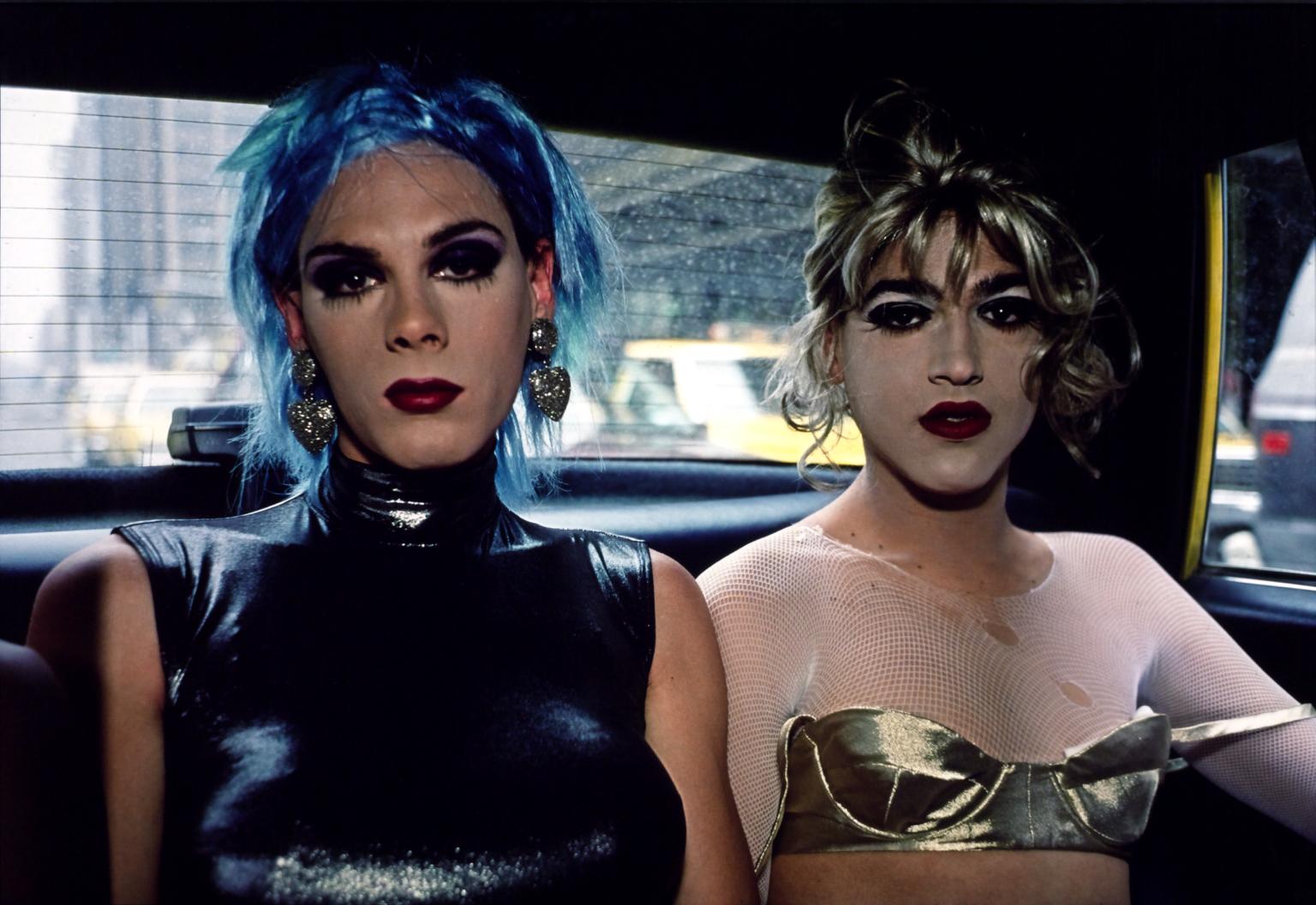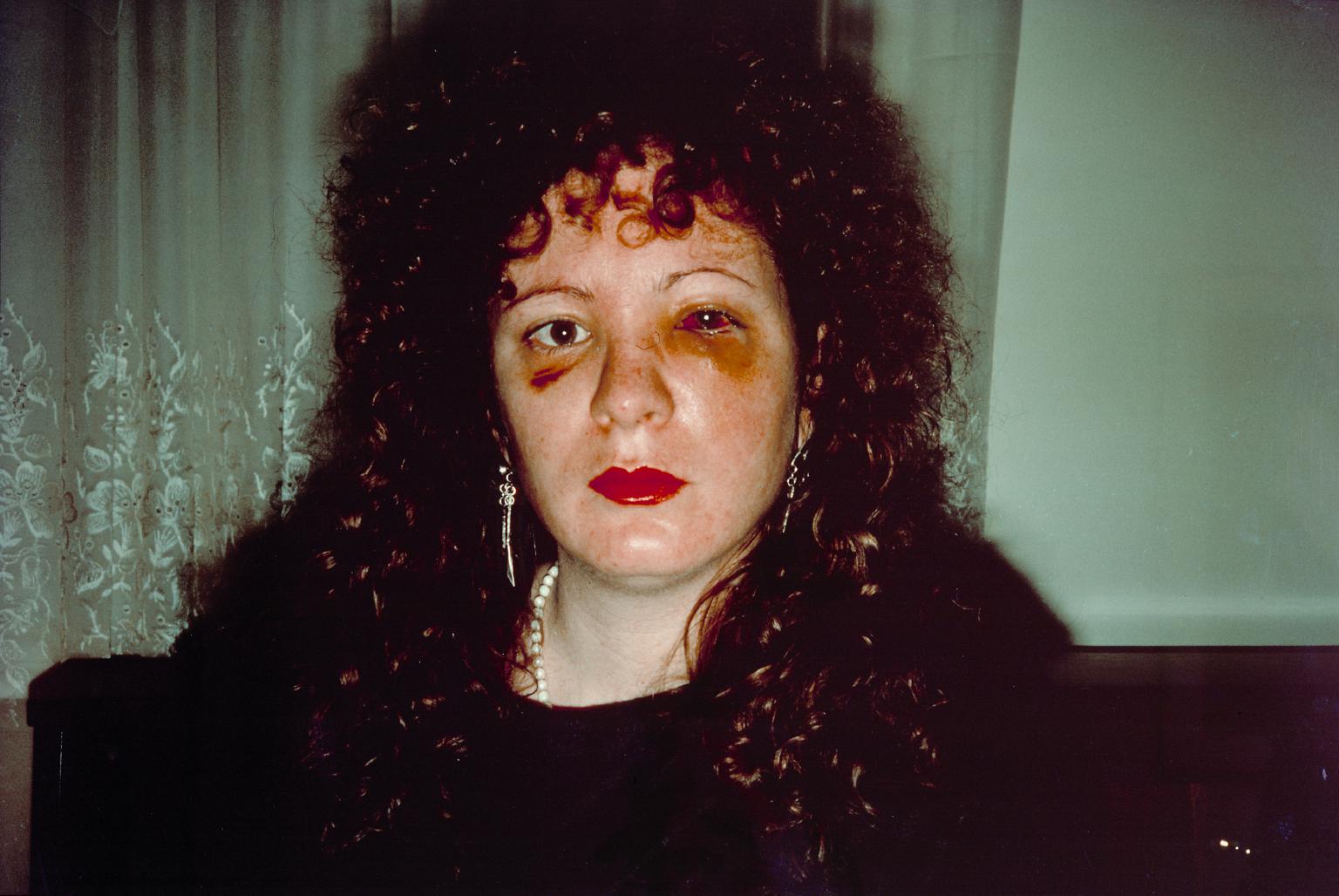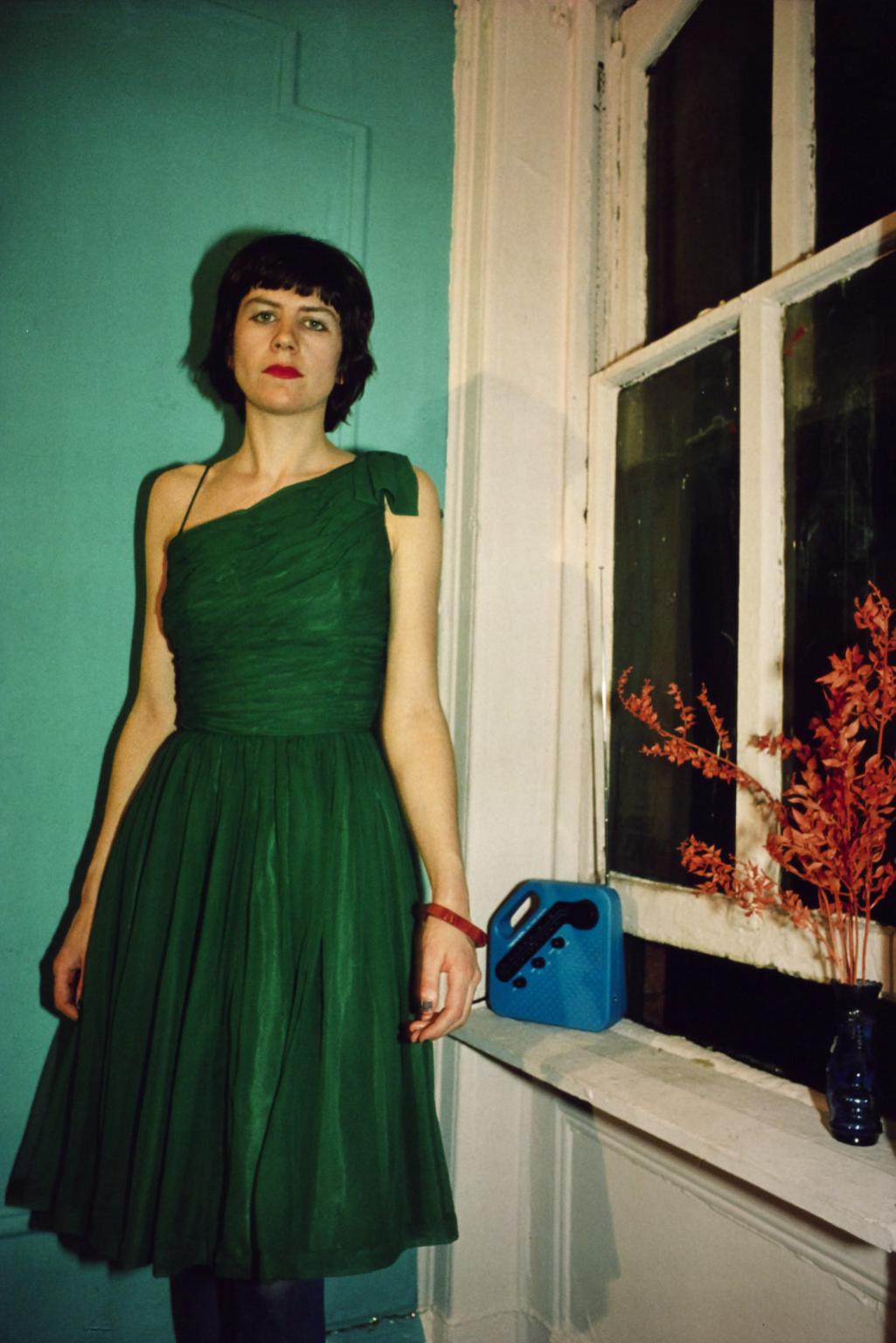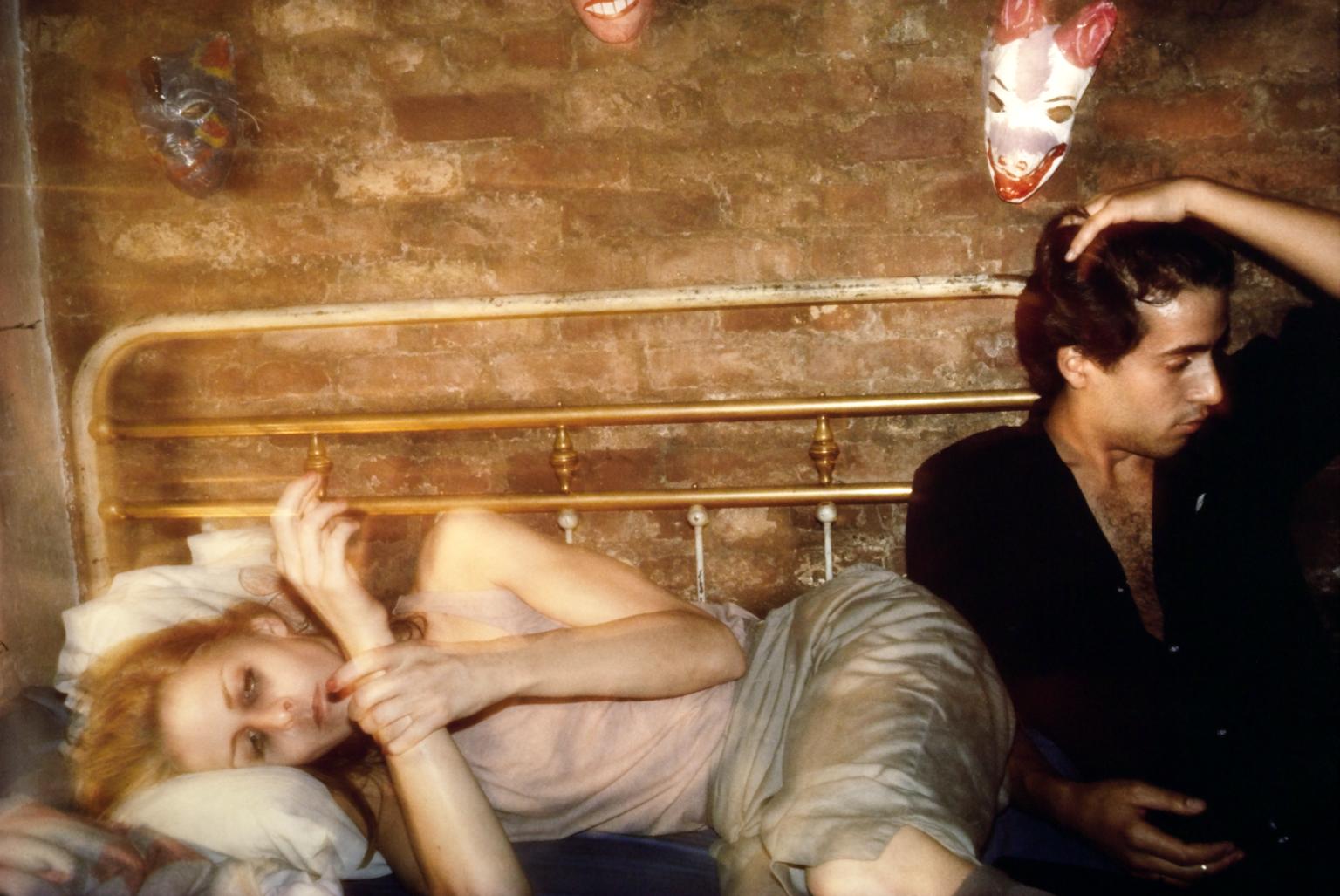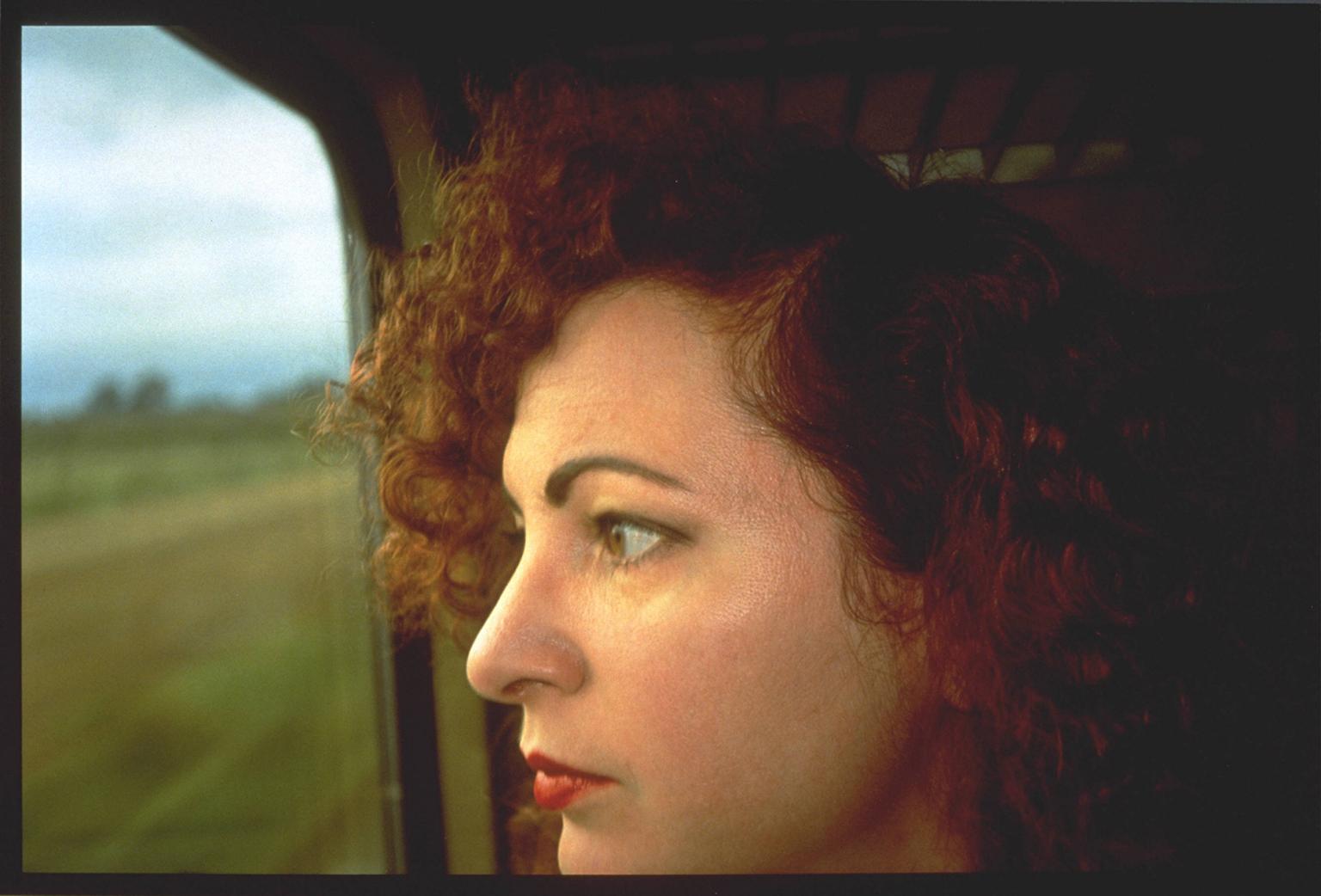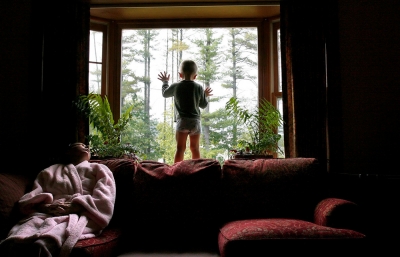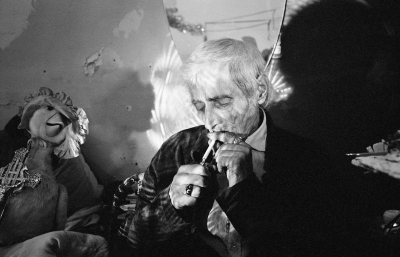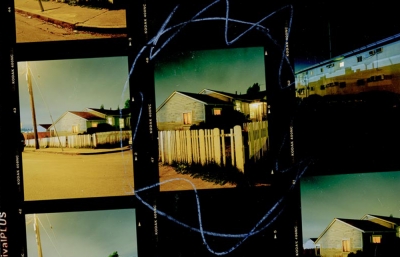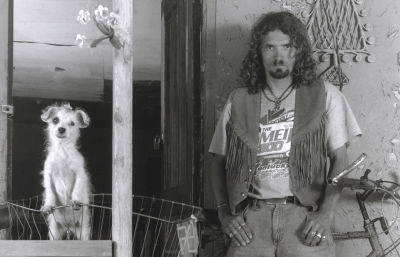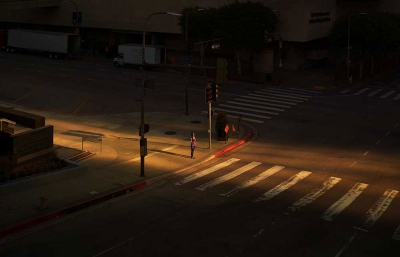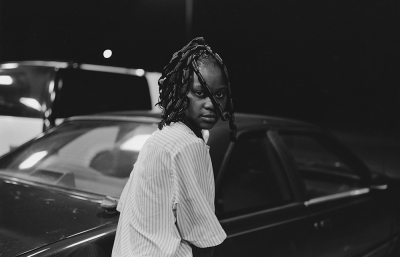Nan Goldin has said that photography saved her life. Since her late teens, she used the camera to intimately document her own life, as well as those closest to her in uncensored and uncompromising photographs, reflecting a desire 'to leave a record of my life that no one can revise'.
Goldin was born to an intellectual Jewish family, residing comfortably the suburbs outside of Washington D.C. When Goldin was eleven, her older sister Barbara killed herself, a loss that compelled her to leave home at fourteen. Picking up a camera at the progressive free school she attended, she started to photograph her friendships, some of which were lifelong. A 1978 move to New York resulted in a wide circle of friends and lovers with whom she bonded closely. Throughout the 1970s and 1980s, she photographed this surrogate family as a close member part of the group in images that now stand as a time capsule of a community and culture that would soon be lost due to the AIDS crisis.
She began to stage slideshow performances of her pictures, often joined in the audience by her photographic subjects. As she continually re-edited the selections and sequences, the project grew in scale and reputation.
This display at Tate Modern includes Goldin's slide projection, as well as framed prints, posters, and a maquette while she was working on The Ballad of Sexual Dependency, the photo book named after a song in Bertolt Brecht and Kurt Weill's Threepenny Opera. Goldin described her work on the human condition, of celebration and sadness, love and violence, life and death as capturing 'the struggle in relationships between intimacy and autonomy… and what makes coupling so difficult'.
Addendum: In March 2019, Tate announced it would no longer take donations from the Sackler family, which has profited from the opioid crisis through their company, Purdue Pharma, by mischaracterizing the addictiveness of the opiate drug, OxyContin. Goldin has been extremely outspoken about the Sacklers, taking part in protests at the Guggenheim, Lourve, and other museums as well as threatening gallery boycotts over the Sackler family's donation to these art institutions.

